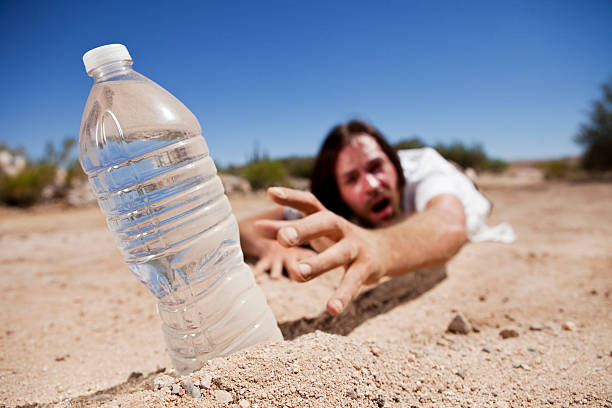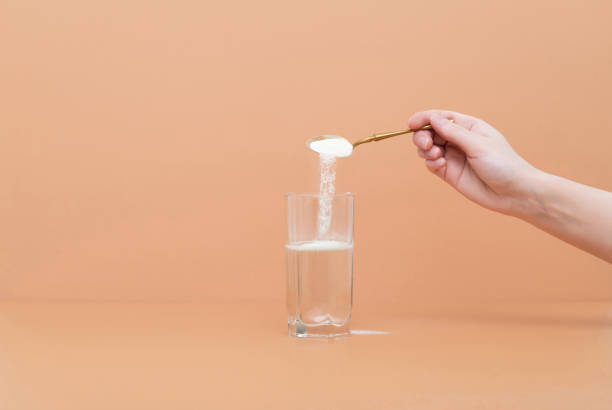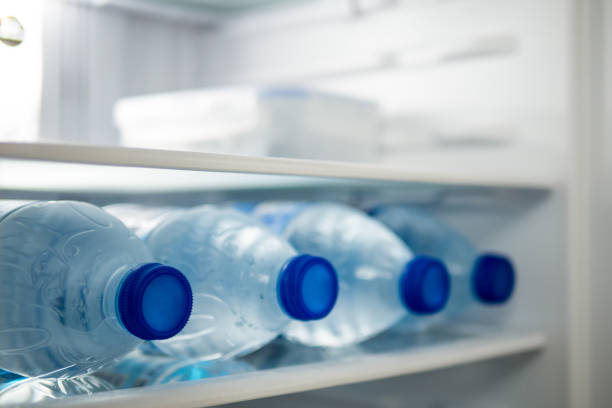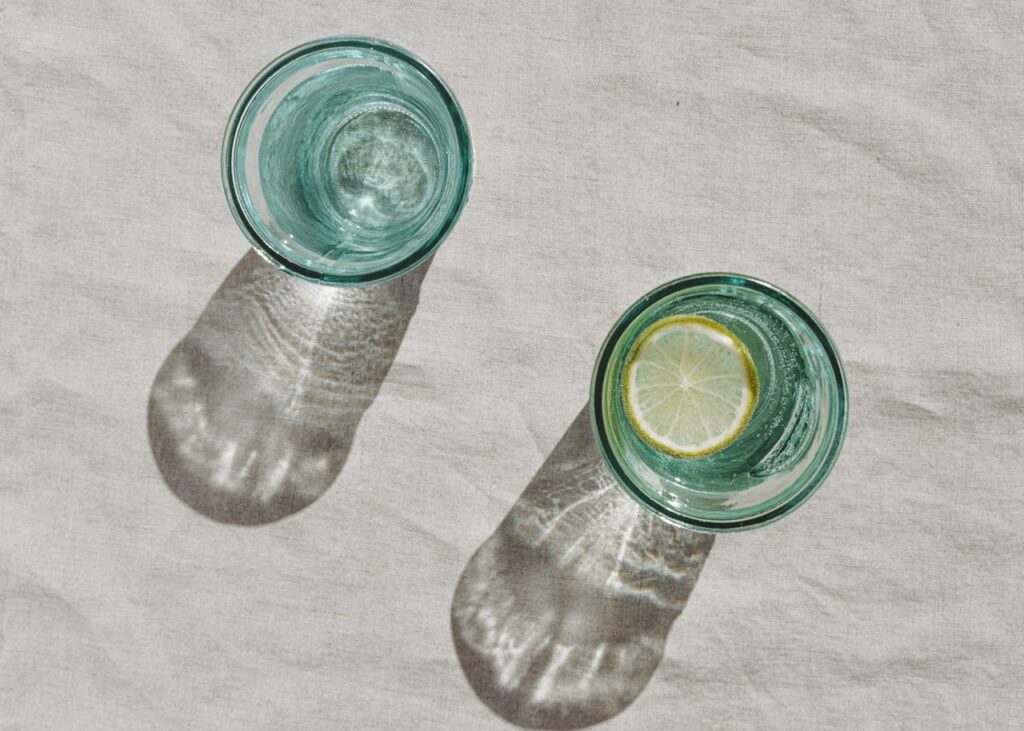Health, Healthy Recipes, Nutrition
How Do You Make A Rehydration Drink
Rehydration drinks are vital for anyone who has lost fluids as a result of strenuous physical exercise, illness, or exposure to extreme heat. These drinks help replace the body’s fluids and electrolytes, which are required for optimum function. A rehydration drink requires a few simple ingredients, including water, salt, and sugar. The salt replenishes sodium lost through sweat, while the sugar gives the body much-needed energy. Other items that can be added to your rehydration drink include citrus fruits, honey, and coconut water, according on your preferences and needs.
In this article, we will walk you through the steps of producing a rehydration drink at home. While there are several commercial rehydration beverages available, preparing your own at home can be less expensive and more personalized. We’ll provide you a few simple recipes that you may tailor to your preferences, as well as some advice on how to adequately hydrate your body. Whether you’re an athlete trying to replenish your fluids after a workout or someone recovering from an illness, preparing your own rehydration drink is a simple and efficient approach to stay hydrated and healthy.

Understanding Rehydration
Dehydration Causes
Dehydration occurs when our body loses more fluid than it absorbs. This can occur for a variety of reasons, including excessive perspiration, vomiting, diarrhea, or a lack of water. Furthermore, certain medical disorders such as diabetes or kidney illness can lead to dehydration.
Dehydration impairs our bodies’ ability to function correctly. Symptoms may include thirst, dry mouth, weariness, dizziness, and dark yellow urine.
Rehydration Basics
Rehydration is the process of replacing our body’s lost fluids. It is critical to rehydrate as quickly as possible to avoid further dehydration and restore our bodies’ natural functions.
Drinking water is one approach to rehydrate, but it may not always be sufficient to replace lost fluids and electrolytes. In such instances, a rehydration drink may be beneficial.
A basic rehydration drink can be prepared at home by combining water, sugar, and salt. This mixture helps to replenish the body’s lost fluids and electrolytes. It is critical to remember that the sugar and salt ratio must be properly measured because too much or too little might be detrimental.
To summarize, understanding dehydration and rehydration is critical for sustaining good health. Staying hydrated and restoring lost fluids can help our bodies function efficiently and avoid potential health concerns.

Ingredients for a Rehydration Drink
When it comes to producing a rehydration drink, there are a few crucial ingredients that are required to replenish lost fluids and electrolytes. These nutrients consist of electrolytes, carbohydrates, and salts.
Electrolytes
Electrolytes are minerals in your body that carry an electrical charge and help regulate fluid equilibrium. The three most significant electrolytes for rehydration are sodium, potassium, and magnesium. These minerals help your body absorb water and stay hydrated.
Sugars
Sugars are essential for rehydration because they help your body absorb water more effectively. Rehydration drinks often include glucose, fructose, and sucrose. However, it is crucial to note that excessive sugar consumption might cause digestive problems and should be done in moderation.
Salts
Salts are another vital component of rehydration drinks. Sodium chloride, generally known as table salt, is the most widely used salt in rehydration liquids. Other salts, such as potassium chloride and magnesium sulfate, can be used to replace lost electrolytes.
Overall, a well-balanced rehydration drink should include electrolytes, carbohydrates, and salts to efficiently replenish lost fluids and electrolytes. It is crucial to remember that the precise proportions of each item may differ depending on individual requirements and activity levels.

Recipe for Homemade Rehydration Drink
If you’re feeling dehydrated, you should restore your body’s fluids and electrolytes. While commercial rehydration beverages are widely accessible, preparing your own can be a less expensive and more personalized option. Here are two simple recipes for DIY rehydration drinks.
Simple Rehydration Solution
To prepare a basic rehydration solution, you will need:
- One liter of water
- 6 teaspoons of sugar
- 1/2 teaspoon of salt
Stir the sugar and salt into the water until dissolved. For extra flavor, pour in some lemon or lime juice. This simple solution is good at restoring lost fluids and electrolytes and can be prepared quickly using things you most likely already have at home.
Flavored Rehydration Drink
For a more savory version, try this recipe:
One liter of water
- 1/2 cup of fruit juice (orange or grapefruit)
- 2 tablespoons of honey
- 1/4 teaspoon of salt.
Mix all of the ingredients until thoroughly blended. The amount of honey and salt can be adjusted to your taste. This drink hydrates while also providing an energy boost from natural carbohydrates.
Remember to stay hydrated throughout the day, especially if you’re working out or in hot weather. Homemade rehydration drinks are a convenient and healthful method to remain hydrated.

Preparation and Mixing Techniques
Dissolving solids
When making a rehydration drink, make careful to completely dissolve any solids to minimize lumps and ensure that the liquid is uniformly blended. To accomplish this, we recommend combining the solids with a little amount of warm water and stirring until fully dissolved. Once the solids have been dissolved, you can add cold water and any other ingredients.
Ensuring Balance
To ensure that the rehydration drink is balanced and contains the proper quantity of electrolytes, we recommend utilizing a recipe that includes salt, potassium, and sugar. It is critical to carefully measure the ingredients to ensure that the drink is neither overly salty or sweet. We recommend using measuring spoons or a kitchen scale to measure the components.
We recommend using a shaker bottle or a blender to completely mix the drink’s contents. If you don’t have a shaker bottle or blender, use a whisk or fork to combine the ingredients. Once the drink has been made, refrigerate it until ready to use.
By using these preparation and mixing techniques, you may make a balanced and effective rehydration drink that will replenish your body’s fluids and electrolytes.
Usage Guidelines:
When to Drink
We recommend consuming the rehydration drink during or after physical activity, particularly in hot and humid weather. It may also be beneficial in cases of mild dehydration induced by illness or heavy perspiration. If you are experiencing severe dehydration or other health difficulties, we recommend that you consult a healthcare expert.
Quantity and Frequency
The volume and frequency of rehydration drink consumption are determined by a variety of parameters, including the intensity and length of physical activity, the individual’s body weight, and the degree of dehydration. As a general rule, we recommend drinking 1-2 cups (8-16 ounces) of the rehydration drink every 15-20 minutes while exercising, or as needed to stay hydrated. Following exercise, we recommend drinking an additional 2-3 cups (16-24 ounces) to restore fluids lost during physical activity.
It is vital to note that excessive drinking of the rehydration drink might result in overhydration, which is damaging to one’s health. To avoid becoming overhydrated, we recommend drinking the rehydration drink in moderation and keeping track of your fluid consumption.
Safety and Considerations
Allergies and intolerances
When producing a rehydration drink, take into account any allergies or intolerances that you or the person drinking it may have. Some people may be allergic to specific fruits, or they may be lactose intolerant. It is critical to read the labels on any ingredients you use and confirm that they are safe to consume.
Commercial vs. Homemade
There are various commercial rehydration drinks on the market, but preparing your own at home can be less expensive and more personalized. However, it is worth noting that commercial beverages have been rigorously studied for safety and efficacy, whereas homemade drinks may not have received the same level of scrutiny.
To avoid contamination, make a DIY rehydration drink with clean tools and in a clean atmosphere. Furthermore, it is critical to follow a reliable recipe and not depart from the components or ratios indicated.
Overall, whether you prepare your own rehydration drink or buy a commercial product, prioritize safety and take into account any allergies or intolerances.

Storage and Shelf Life
When storing your rehydration drink, make sure it’s cool and dry. Avoid exposing it to direct sunlight, since this may cause the chemicals to degrade more quickly. Also, keep it out of reach of youngsters and dogs.
The shelf life of your rehydration drink is determined by the precise ingredients used and the storage conditions. In general, homemade rehydration drinks should be drunk within 24 hours of preparation to maintain freshness and effectiveness.
If you need to keep your rehydration drink for more than 24 hours, refrigerate it in an airtight container. This can help to extend its shelf life by a few days, but make sure to inspect for any indications of spoiling before eating.
To maintain the safety and efficiency of your rehydration drink, adhere to proper storage and handling procedures. When in doubt, it is always safer to err on the side of caution and make a new batch as needed.
Conclusion
Finally, making homemade rehydration drinks can be a simple and effective way to replace vital fluids and electrolytes, particularly during times of dehydration. Individuals can customize the solution by adding simple materials such as water, salt, and sugar. To guarantee appropriate hydration, components must be carefully balanced. While these homemade rehydration drinks are convenient, anyone with severe dehydration or specific medical issues should seek expert help. Overall, making your own rehydration beverages is a low-cost and personalized way to stay hydrated.
Journey of self discovery


